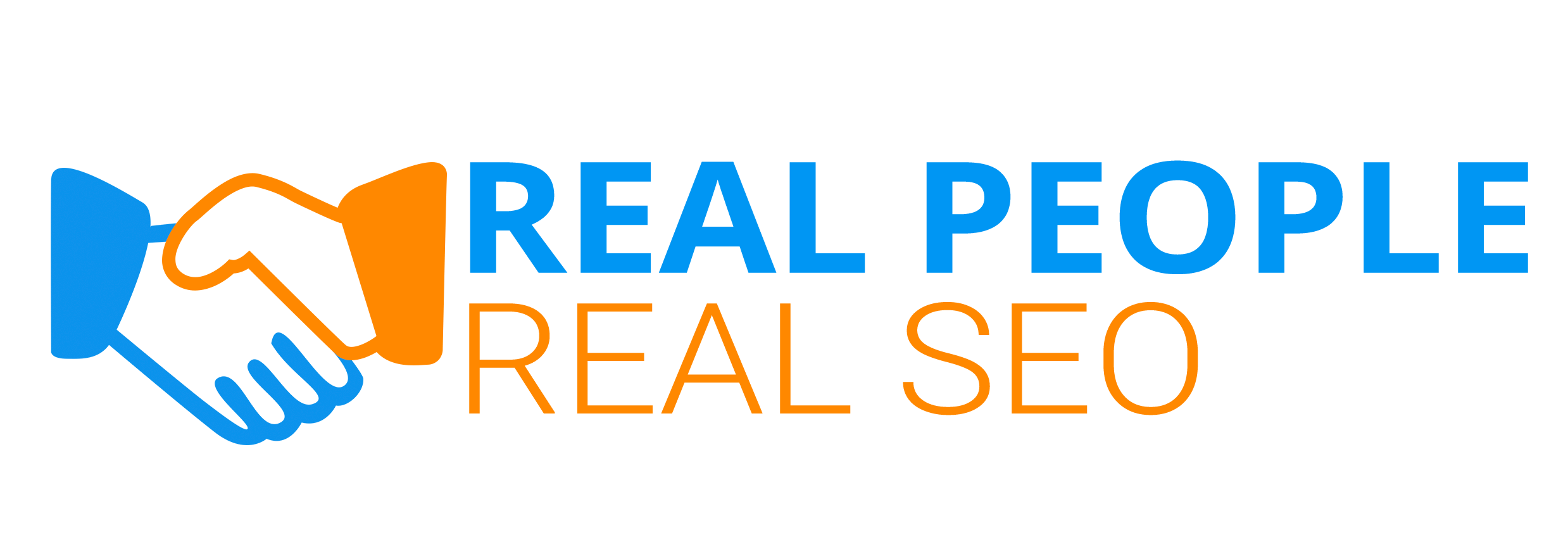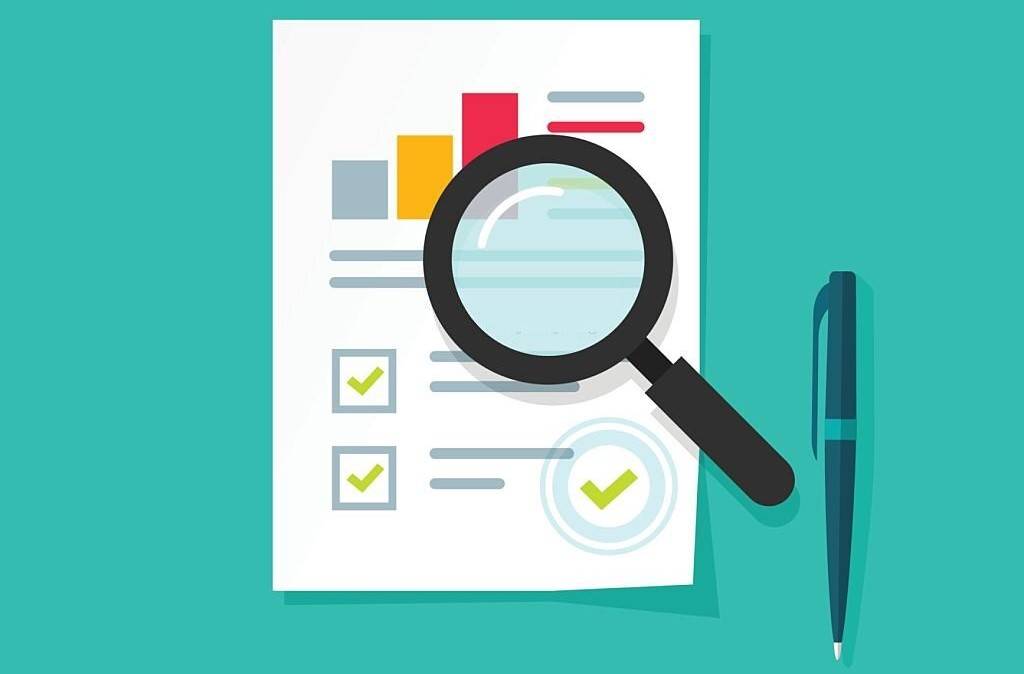Although the concept of SEO content may seem relatively simple, many webmasters fail to implement it and then wonder why they aren’t receiving the traffic they want. Your website will become more user and search-engine-friendly with SEO. To sum up, SEO content is material that is produced to attract relevant search engine traffic. Unfortunately, webmasters solely focus on the content portion of their websites, entirely ignoring the SEO element. When possible, avoid using parameters since they deter people from clicking or sharing URLs.
Why Is SEO Friendly Crucial?
You can make sure that your website is correctly optimized and attracts the right viewers by incorporating these components into your SEO-optimized content. Any business that wants to make sure that its product is seen by potential buyers must SEO-optimize its website and content across all platforms. Businesses may make sure that the descriptions of their products are optimized for SEO and can reach the proper audience by taking the steps outlined in this article.
Crafting SEO-Friendly Content: Some Guidelines

Before Writing, Pause To Consider
When readers finish reading the information, what do you want them to know? What advantages will you, the webmaster, receive from it? You will be better equipped to write a stunning piece of content once you have all the answers to these questions.
Prepare The Content Structure
Once you are certain of the article’s purpose, design a clear framework with all of the material you intend to include. Write down what you will be writing in each of the three sections, beginning with the introduction, the body, and ending with the conclusion. You may now start writing in earnest.
Use Keywords In Your Article
Use keywords in the title (1-2), abstract (2-4), and keyword boxes (5-7) of your manuscript. Instead of being restricted to single words, keywords can also be phrased. Add keywords to your headers as well. Search engines are alerted by headings to the organization and substance of your article.
Utilize the keyword tools for Google Trends and Google Adwords to find precise keywords. Keep in mind that SEO and A&I services both depend on keywords. Employ keyword phrases relevant to your industry. If you’re unsure, look up key terms in papers in your area of expertise. Allow keywords to flow organically and in context. Keyword stuffing, which is too much keyword repetition, is disliked by search engines, and they may ‘un-index’ your post, making it difficult to discover online.
Consider Search Intent
What a searcher is seeking to achieve with a query is known as search intent. The three main categories of user intent are as follows:
Transactional
The user is looking to do a certain activity, like ordering a service or a product. This person is prepared to take action, therefore the material may be brief and to the point.
Informational
For those who need to learn, these questions are provided. Longer-form content that meets the prospects’ learning needs and draws them into your sales funnel is required for this sort of intent as opposed to transactional content.
Navigational
SEO experts who lack discipline will focus only on keywords with high search traffic and ignore those with low or no search volume. However, that is completely incorrect and may be filed under “vanity metrics”. A high-volume keyword is useless if you rank for it even when it does not match the searcher’s purpose.
Make Use Of Headers And Subheadings
When used for SEO optimization, main heading and sub-headings serve numerous purposes. Things that are simple to read are more likely to be shared. Robots from search engines operate similarly. They will be able to identify your headlines as they crawl around your website and utilize them to better comprehend your content, such as which sections are the most crucial, etc. Additionally, using headers and sub-headers boosts keyword saturation, but be careful not to overuse them to manipulate search engine results.
Your title tag should contain your keyword. There are terms and phrases you may use to modify your title tag. The first 100–150 words of your page are given higher importance by Google. Therefore, be sure to include your keyword here once. Ensure that H1, H2, or H3 tags contain your keyword. But every little amount helps when it comes to search engine optimization.
Use LSI Keywords And Synonyms
It was a good idea to “keyword stuff” pages in the past. no more. Google is clever today. Use synonyms and LSI keywords instead of repeating the same phrase a thousand times. You should use that precise term several times on your page, then. Add some LSI keywords after that. Terms that relate to your primary keyword are known as LSI Keywords.
Use Keywords in the URL
It’s now time to optimize your content by utilizing a few tried-and-true on-page SEO strategies. Google can better grasp the purpose of your page thanks to your URL. A URL with plenty of keywords might also increase your organic CTR. Short URLs score highest on Google, according to recent research of 11.8 million search results from Google.
Create Links Throughout the Article Body
Try to avoid using the phrase “click here” when including links in your article; instead, place the link in your prose. To develop readers’ trust and encourage innovation, it’s also crucial to include backlinks from only reliable, trustworthy, and high-quality websites.
Ensure That Your Website Is Searchable
The capacity of a search engine to evaluate and store a webpage in its database is known as indexability. Even when a page is available to web spiders, it still can not appear in the SERPs. In the following circumstances, this occurs:
Noindex or “none” value in the x-robots-tag in the HTTP response header. “Noindex” value in the robot meta tag in the robots.txt file. If you want a page to rank, make sure it doesn’t include such tags. But remember that such tags are still helpful. You might wish to no-index some sites, such as internal search results or thank-you pages.
Image Optimisation
Your choice of photos reveals a lot about your content. Sadly, Google cannot still “see” photos like a person. You should thus optimize your picture alt tags and filenames to make it easier for people to interpret your photographs. As an added benefit, optimized photos aid in image search ranking.
Use a filename that succinctly describes the image when you first save it. Take, for instance, the spinach omelette you just snapped with your iPhone. You should give the picture a name like: spinach_omelette.png. Give the image a clear alt tag after you’ve added it to your website.
Add a Link To The Previous Content
The quantity of backlinks a piece of content receives is one factor used by search engines to rank it. Good material frequently receives a large number of backlinks, both internal and external. Don’t forget to link to your previous posts from your more recent ones if you want to increase traffic and the ranking of your older material. Additionally, connections to trustworthy, high-quality websites boost the legitimacy of your website. Additionally, build confidence with your viewers through the use of reliable references in the text’s body.
Optimize The Meta Description
An HTML element called a “meta description” sums up the information on your webpage. It typically appears on the SERP beneath the title of your page. Writing for SEO involves using meta descriptions extensively. Although they have no direct impact on rankings, they can affect a user’s decision to click on your page. In your meta description, mention your desired term. Additionally, Google may bold the term in the meta description, drawing visitors’ attention to your snippet even more.
Review Again Before Sharing
Once your narrative is submitted to the CMS, several of these SEO components will start to take place. Internal links and the majority of on-site optimizations, such as making headline tags true headline tags and improving your meta descriptions and URL structure, are done there. After everything is finished, there needs to be one more review, but this time it must be done on a live screen. Additionally, it will demonstrate the article’s flow. It enables you to examine all internal SEO components, including external and internal links and optimized header tags.
Mobile Responsiveness
Even for desktop searches, Google has started to favour websites that load quickly on mobile devices. Mobile responsiveness is important.
To Sum Up
In conclusion, the following is what these tools will do for you:
- A good topic is current and common, but not overused.
- Keyword analysis, top articles from rivals
- Spelling, punctuation, and plagiarism
- Brevity, clarity, and readability
- Avoiding keyword stuffing to avoid potential sanctions
When you can utilize these straightforward tools to complete the tedious or technical aspects of producing quality content, writing becomes a lot more enjoyable. Make your material fascinating for the reader and SEO-friendly for Google by using these suggestions.


Leave a Reply